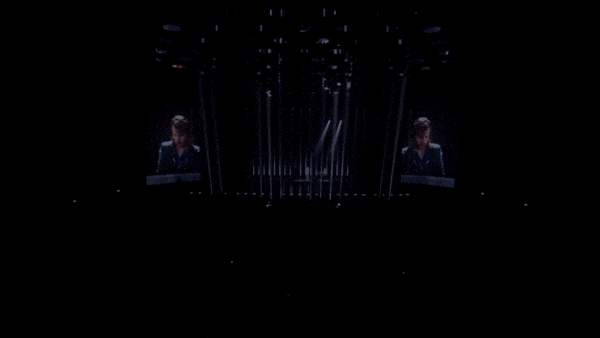
TL;DR
- ABBA Voyage has cracked the code for holographic concert experiences, making more than $150 million in ticket sales in the tour’s first 15 months.
- The Swedish supergroup pulls off the nightly performances with the aid of ABBAtars, custom holograms created using advanced motion capture technology and the work of hundreds of artists.
- The concert uses a pre-recorded performance of ABBA projected onto a transparent screen. A 10-piece band accompanying the virtual avatars, performs in real time, albeit remotely.
You’d have to be living under a rock not to know that ABBA is back — and have a heart of stone not to feel nostalgia for the innocence of their pop.
ABBA’s current single-city tour, Voyage, launched in May 2022 at a custom-built, 3,000-seat arena in London on the site of London 2012 Olympics.
“ABBA Voyage is one of the most expensive productions in music history, with a price tag of £140 million (about $175 million) before the first show opened in May 2022,” writes Bloomberg’s Lucas Shaw. However, he notes that after more than a year of daily performances, “[t]hat investment is starting to look like one of the savvier bets in modern music history.” In its initial 15 month run, Voyage “generated more than $150 million in sales and sold more than 1.5 million tickets.” That translates to about $2 million a week, with an average ticket price of about £85 ($105), Shaw reports.
How exactly, is the septuagenarian Swedish supergroup pulling this off? ABBAtars.
“As major legacy acts sell off their catalogs and look to retirement, holographic shows could provide a business model to ensure their music and performances live on forever,” observes David Vendrell for TheFutureParty.
Making the ABBAtars
In 2021, the band gave fans more details about how their virtual alter-egos were created.

The “ABBAtars” were created by more than 100 digital artists and technicians from Industrial Light & Magic (ILM). Four of ILM’s five global studios are dedicated to the project, with anywhere from 500 to 1,000 artists working on it.
The foursome was filmed using motion capture as they performed a 22-song set over the course of five weeks. ILM then “de-aged” Benny, Björn, Agnetha, and Anni-Frid, taking them back to 1979.

“They got on a stage in front of 160 cameras and almost as many genius [digital] artists, and performed every song in this show to perfection, capturing every mannerism, every emotion, the soul of their beings — so that becomes the great magic of this endeavor. It is not four people pretending to be ABBA: It is actually them,” producer Ludvig Andersson explained in a video posted on YouTube.
In a video posted by The Guardian, Ben Morris, ILM Creative Director, said, “We create ABBA in their prime. We are creating them as digital characters and will be using performance capture techniques to animate them, perform them, and make them look perfectly real.”
Well, no, this isn’t the real thing, but there’s good reason for the digital reworking.
The global appetite among ABBA fans old and new to see them perform live would be overwhelming — a tour the septuagenarian multi-millionaires would see as too exhausting.
This way they can be Björn again and again and again.
Benny Andersson came up with the term ABBAtars a few years ago, with the original concept of creating holograms.
The actual digital concert experience, referred to as “Voyage,” uses a pre-recorded performance of ABBA in their mocap suits which, using an updated version of a Victorian theatre trick called “Pepper’s ghost,” projects them onto a transparent screen. A 10-piece band accompanying the virtual avatars, however, performs in real time, albeit remotely.
In a statement released by the band, they explain that “the main inspiration to record again comes from our involvement in creating the strangest and most spectacular concert you could ever dream of. We’re going to be able to sit back in an audience and watch our digital selves perform our songs.”
“We simply call it ‘Voyage’ and we’re truly sailing in uncharted waters. With the help of our younger selves, we travel into the future. It’s not easy to explain but then it hasn’t been done before.”
READ MORE: ABBA returns after almost 40 years with a new album and ILM-created concert (Boing Boing)
Over at RedShark News, Andy Stout delves into the technique used to create the Abbatars:
“At its most basic form this technique uses an angled glass screen to capture the reflection of a brightly lit image off-stage somewhere,” Stout explains. “Pioneered by John Henry Pepper following work by Henry Dircks in the 1860s, it would allow Pepper to stage elaborate shows where actors interacted with a ‘ghost,’ simply another actor performing off-stage and lit in such a way as to make their reflection appear and disappear.”
The effect is widely used in theme parks, with Disneyland’s Haunted Mansion being the most famous example. The effect has also been used for a slew of virtual tours featuring Roy Orbison, Buddy Holly, Amy Winehouse, Ronnie James Dio and Frank Zappa, but ABBA’s use of the technique is more complex than these, Stout explains:
“The ABBA staging looks to be a bit more ambitious than that (you don’t employ 1,000 of ILM’s finest unless you’re serious about bridging the Uncanny Valley) which is why, instead of touring, it is taking place in a purpose-built 3,000 seat arena in London’s Olympic Park. That lets the team thoroughly control the projections, the lighting, the effects, and match all that with the physical performance of the musicians and dancers that will be on stage with Agnetha, Björn, Benny, and Anni-Frid.”
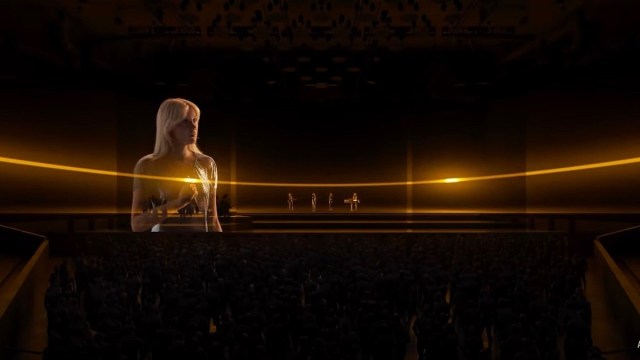
READ MORE: How ABBA’s abbatars rely on a Victorian magic trick (RedShark News)
Futurist Bernard Marr looks ahead to the implications presented by the new technology. “While we know AI will be used to recreate a young-looking ABBA, we can speculate that the next step could potentially go even further by recreating something of their personalities and behavior,” he writes. “It isn’t a huge leap to imagine they could use language processing and voice recognition to respond to song requests from the audience and, perhaps one day, even hold a conversation.”
ABBA’s virtual concert series will allow thousands of fans enjoy the experience together, says Marr, who also notes that, at their age, the actual band members might find it tiring to perform eight shows a week.
“In turn, this makes it more accessible for the fans, who might find it more difficult to attend a live arena concert that only has one date,” Marr explains. “Likewise, with Ariana Grande’s Fortnite performance, fans could, in theory, access the spectacle from anywhere in the world. In addition, in the avatar-driven environment, fans could enjoy it alongside digital representations of their friends, heightening the sense of the experience.”




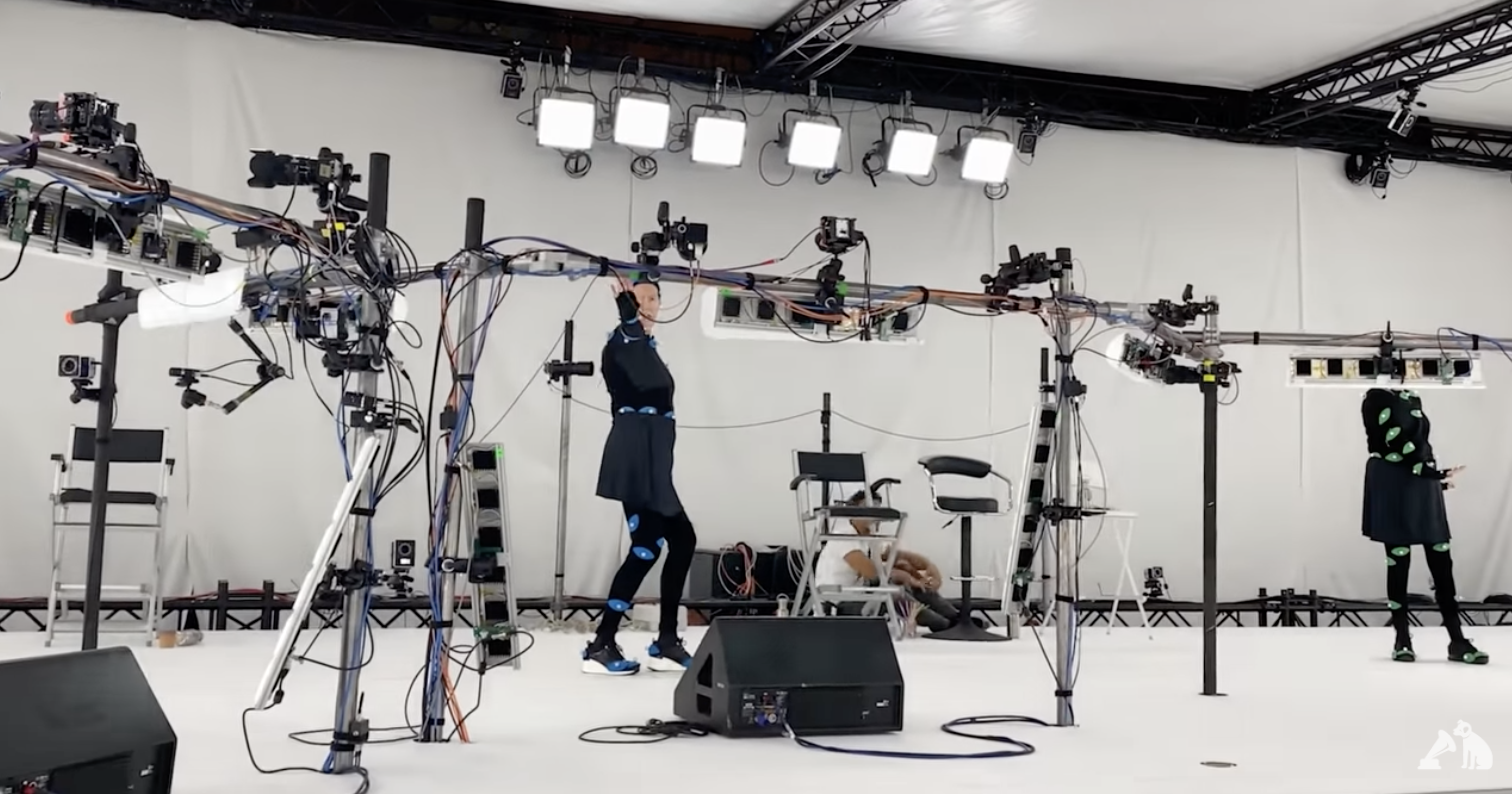
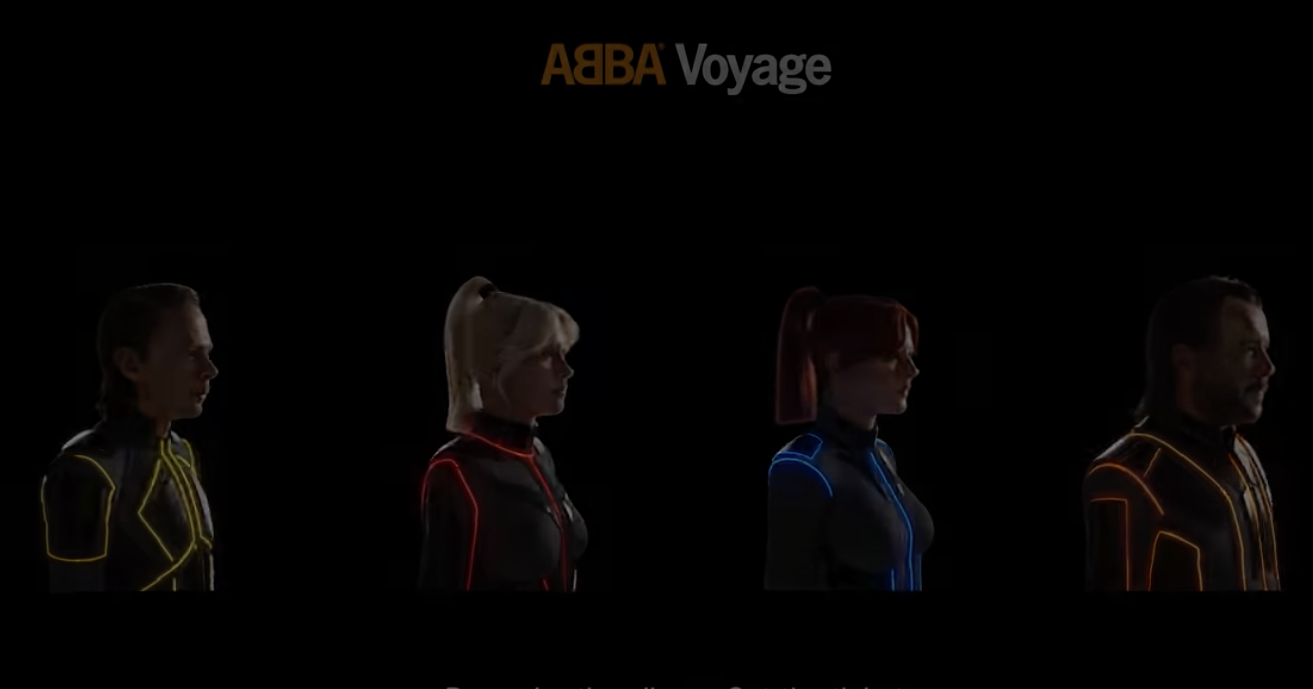
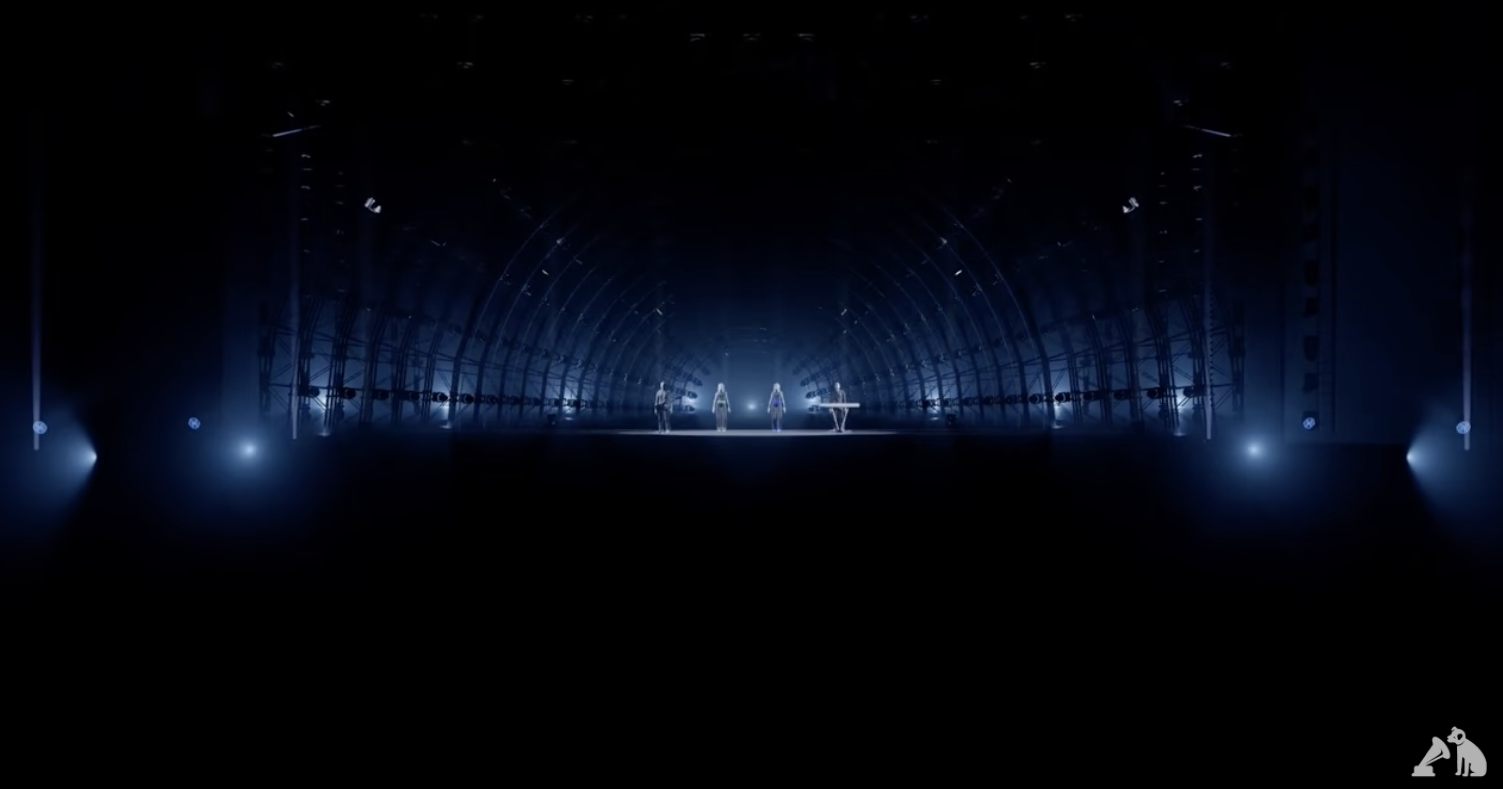
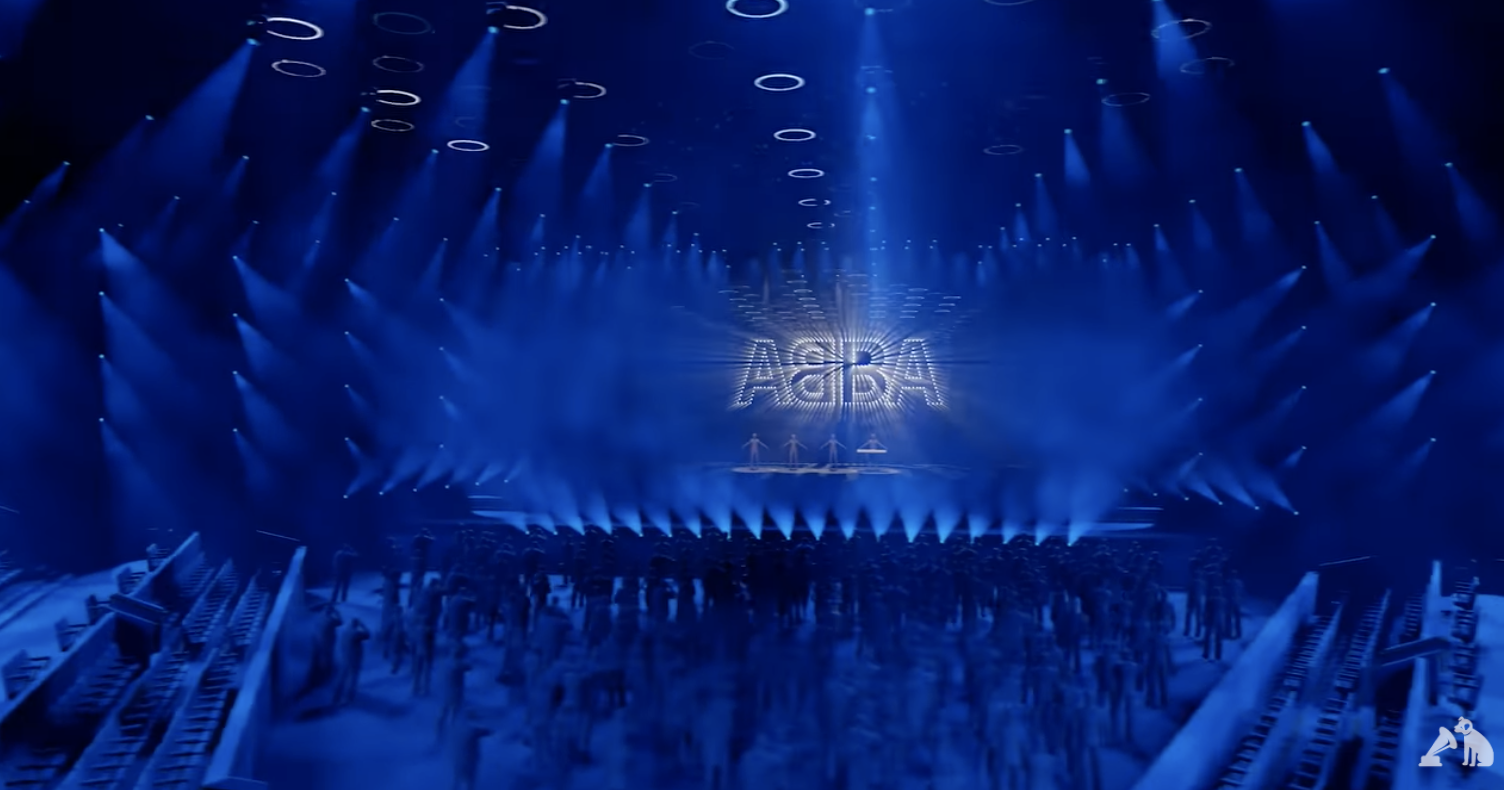
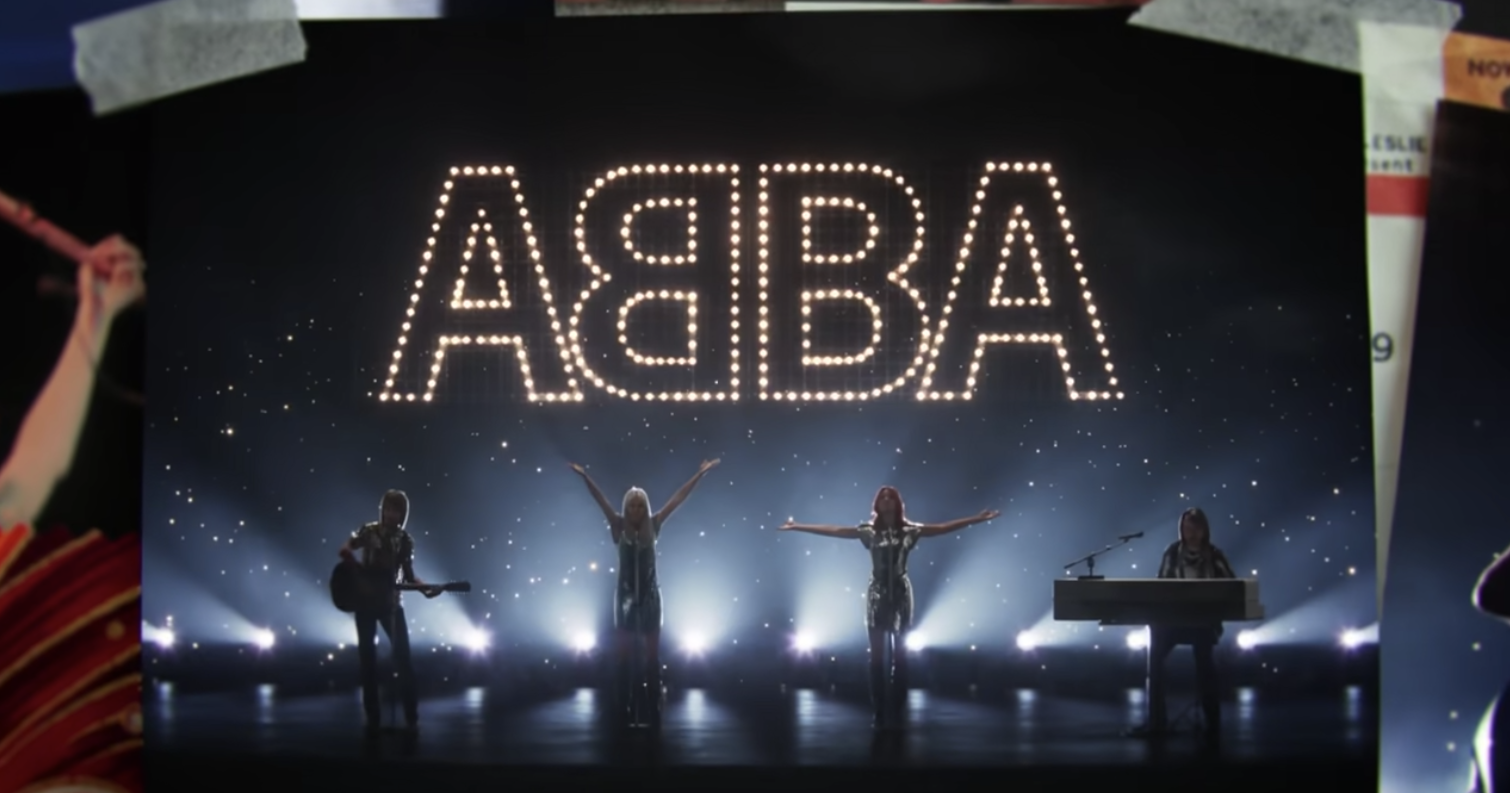

Discussion
Responses (1)